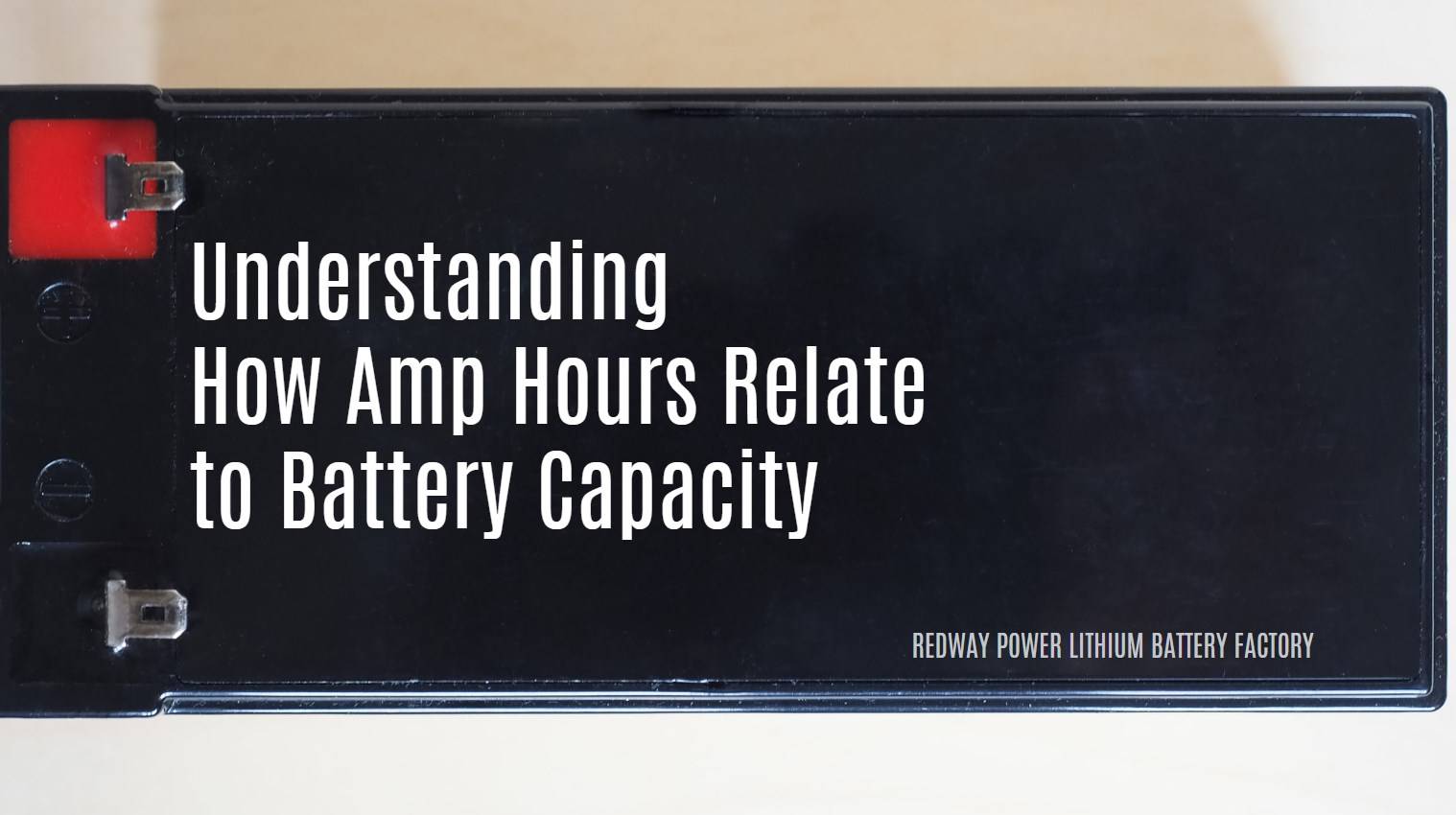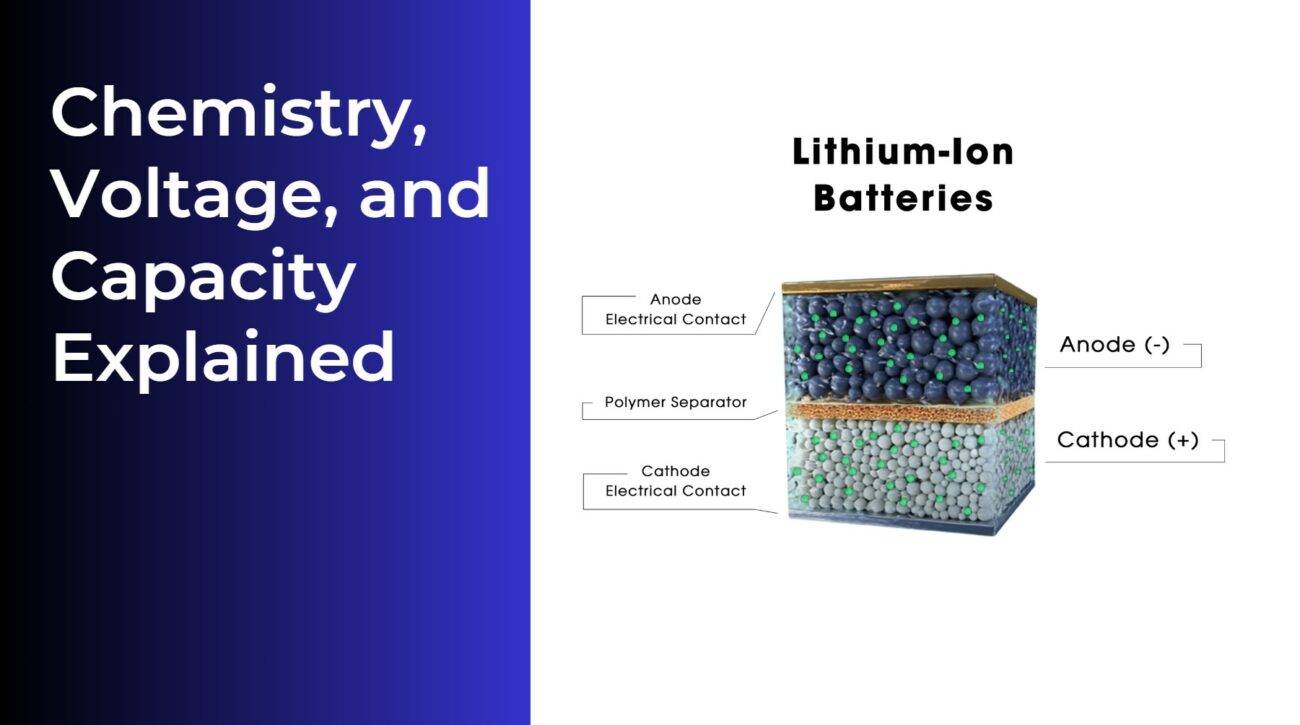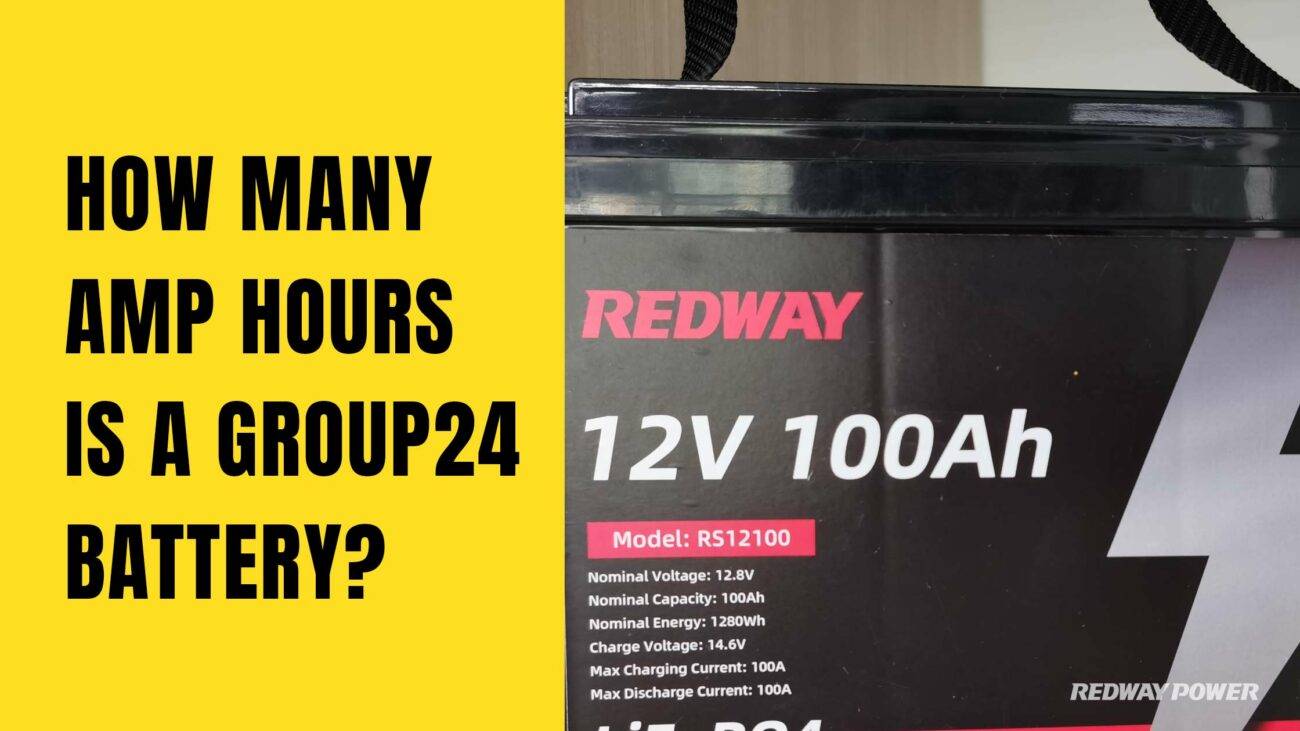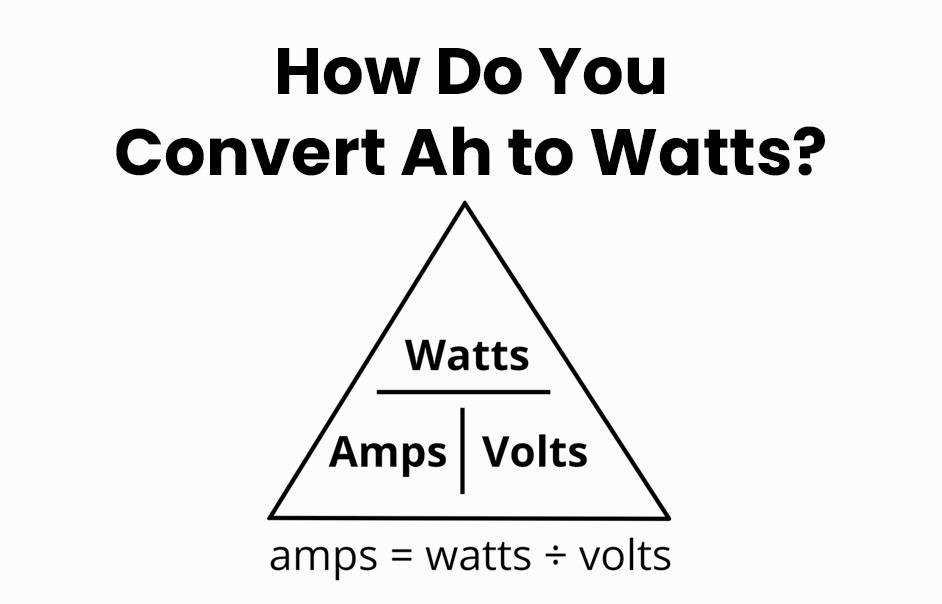Amp hours (Ah) are a measurement of a battery’s energy capacity. This rating indicates the amount of current that a battery can provide at a specific rate for a certain duration. For example, a fully-charged 5Ah battery can deliver five amps of current for one hour.
Exploring the Relationship between Amp Hours and Battery Capacity
Learn how amp hours (Ah) are used to measure a battery’s capacity and understand their relationship to current and duration.
- Battery Capacity: Amp hours (Ah) indicate the total amount of energy that a battery can store and deliver.
- Current and Duration: The amp hour rating helps determine how much current a battery can provide for a specific duration.
- Example: A 5Ah battery can deliver five amps of current for one hour, or one amp of current for five hours.
- Higher Amp Hours: Batteries with higher amp hour ratings have greater energy capacity and can provide more current or last longer.
- Considerations: It’s important to match the battery’s amp hour rating with the power requirements of the device or system it will be used for.
Know more at How Many Hours Will A 12v 100ah Battery Last?
Why Amp Hours Matter in Battery Selection
Discover why understanding amp hours (Ah) is crucial when choosing the right battery for your specific needs.

- Power Requirements: Amp hour ratings help determine if a battery can meet the power demands of a device or system.
- Runtime: Higher amp hour ratings allow for longer battery runtime before recharging or replacement.
- Compatibility: Matching the amp hour rating to the device’s power requirements ensures optimal performance and longevity.
- Portability: Consider the size and weight of batteries with higher amp hour ratings for portable applications.
- Cost Considerations: Higher amp hour batteries may have a higher upfront cost but can provide better long-term value.
How to Calculate Battery Runtime
Learn the formula to calculate battery runtime based on the amp hour rating and power consumption of a device.
- Step 1: Determine the power consumption of the device in watts.
- Step 2: Convert the power consumption to amps by dividing it by the battery voltage.
- Step 3: Divide the amp hour rating of the battery by the amp value obtained in Step 2.
- Step 4: The result is the estimated runtime of the battery in hours.
- Example: If a device consumes 10 watts and is powered by a 12V battery with a 5Ah rating, the runtime would be 5 hours (5Ah / (10W / 12V) = 5 hours).
FAQs
- What does the amp hour rating of a battery indicate?
- The amp hour rating of a battery indicates its energy capacity and how much current it can provide for a specific duration.
- How does the amp hour rating affect battery performance?
- Batteries with higher amp hour ratings have greater energy capacity and can provide more current or last longer before needing to be recharged.
- How can I calculate battery runtime?
- To calculate battery runtime, divide the amp hour rating of the battery by the amp value obtained by dividing the power consumption by the battery voltage.
Why is it important to know both amp hour and watt hour calculations for determining your battery’s energy capacity?
Knowing both amp hour (Ah) and watt hour (Wh) calculations helps determine a battery’s energy capacity and usage. Ah measures battery capacity in terms of current over time, while Wh combines both voltage and current, giving a clearer picture of the total energy available.
How do you calculate amp hours (Ah)?
Amp hours (Ah) are calculated by multiplying the current (in amps) by the time (in hours) the battery can supply that current. For example, if a battery provides 10 amps for 5 hours, its capacity is 50 Ah (10A x 5h).
What is the definition of watt hours (Wh) and how is it practically applied?
Watt hours (Wh) measure the total energy a battery can store or deliver, calculated by multiplying voltage (V) by amp hours (Ah). Practically, Wh helps assess how long a battery can power a device or how much energy storage you need for a given application.
How do you calculate watt hours (Wh)?
Watt hours (Wh) are calculated using the formula: Wh = Voltage (V) x Amp Hours (Ah). For instance, a 12-volt battery with a 50 Ah capacity would have 600 Wh (12V x 50Ah).
What is the importance of understanding energy basics before investing in a solar power and energy storage system for RVs, boats, or tiny homes?
Understanding energy basics is crucial to ensure you select the right size and type of system, match energy needs with battery and solar panel capacities, and avoid overspending on unnecessary equipment. It helps in designing an efficient and cost-effective energy solution.
What is a C rating on a battery and how does it affect charge and discharge rates?
The C rating indicates the rate at which a battery can be safely charged or discharged relative to its capacity. For example, a 1C rating means the battery can be charged or discharged in one hour. Higher C ratings allow for faster charge and discharge rates.
How can you calculate the energy needs for a solar power plus energy storage system?
Calculate energy needs by determining the total daily energy consumption of your devices (in Wh), then size your solar panels and battery storage to meet or exceed that requirement. Factor in inefficiencies and storage capacity to ensure reliable operation.
Why might lithium batteries be preferred over lead acid batteries for energy storage systems?
Lithium batteries are preferred due to their higher energy density, longer cycle life, faster charging times, and lighter weight compared to lead acid batteries. They also offer deeper discharges and better efficiency, making them more suitable for energy storage systems.















